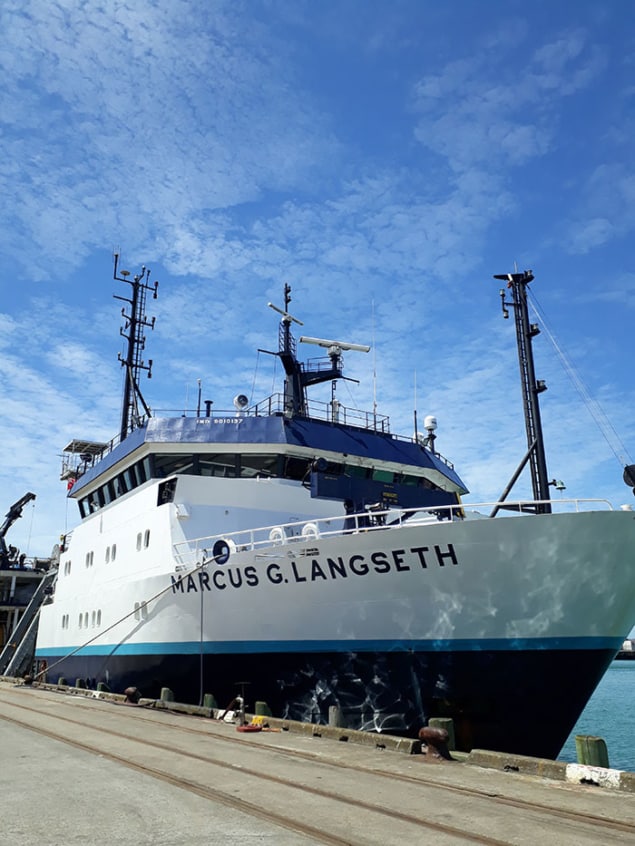
The “SHIRE” expedition returned in December from obtaining seismic data along the Hikurangi margin off New Zealand, where the Pacific and Australian plates collide. The team involved in the Seismogenesis Hikurangi Integrated Research Experiment hopes to boost knowledge of subduction zone “megathrust” earthquakes and so mitigate earthquake risk in New Zealand.
‘We have obtained an exciting dataset with new details on the structure and properties along the megathrust and look forward to migrating these results with other ongoing studies along the Hikurangi margin,’ said Nathan Bangs of the University of Texas Institute for Geophysics, who was expedition chief scientist, working alongside researchers from the US, New Zealand, Japan and the UK.
The Hikurangi margin has the potential to generate massive earthquakes. The wider SHIRE project includes geophysical imaging as deep as 30 km below the Earth’s surface, as well as looking at slip behaviour over several earthquake cycles, and numerical modelling. The findings should provide insight into slip behaviour and long-term deformation at subduction zones.
The processes governing how faults slip – from destructive earthquakes to slow slip events and aseismic creep – are not well understood. But events such as the devastating 2011 Christchurch earthquake reveal how vital it is to know more.
The SHIRE expedition will test several hypotheses, including that high fluid pressure promotes stable sliding on faults. The aim is to investigate the conditions that lead to aseismic creep, slow earthquakes, and large magnitude earthquakes. The project is one of several investigating the Hikurangi subduction zone, which has a shallow subduction interface that makes it accessible to study, and a range of slip behaviours.
Now the scientists are studying the seismic data they acquired.








 User Center
User Center My Training Class
My Training Class Feedback
Feedback












Comments
Something to say?
Log in or Sign up for free